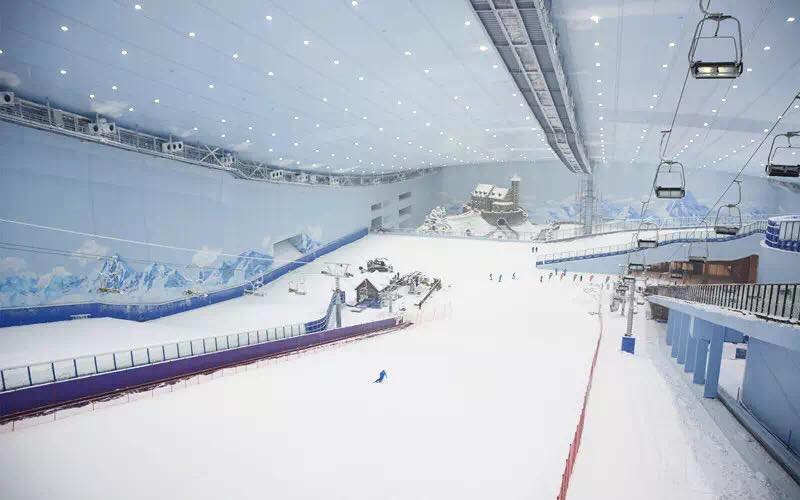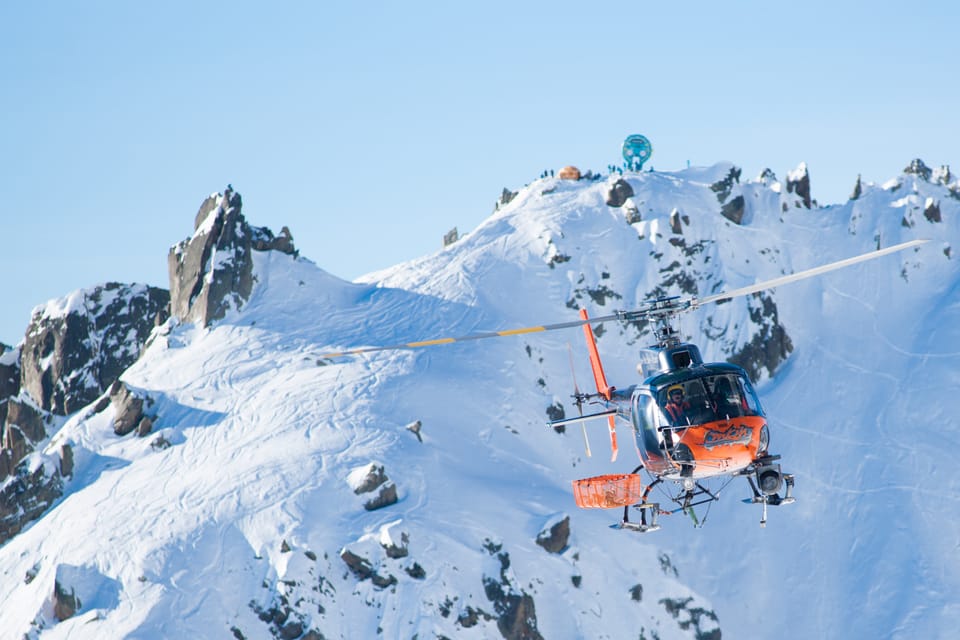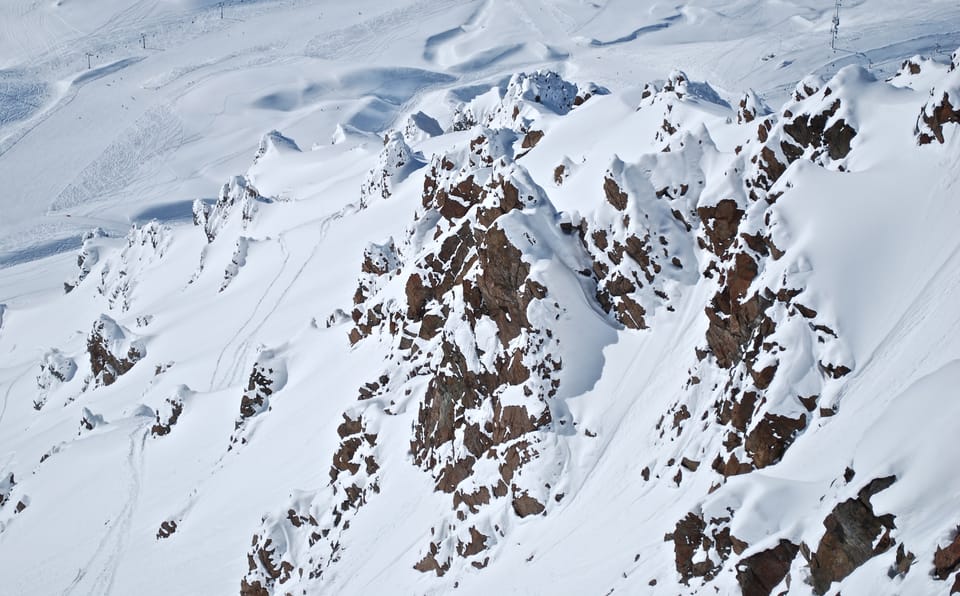Is a City in Northeast China About To Become One of the World’s Great ‘Ski Towns’ ?
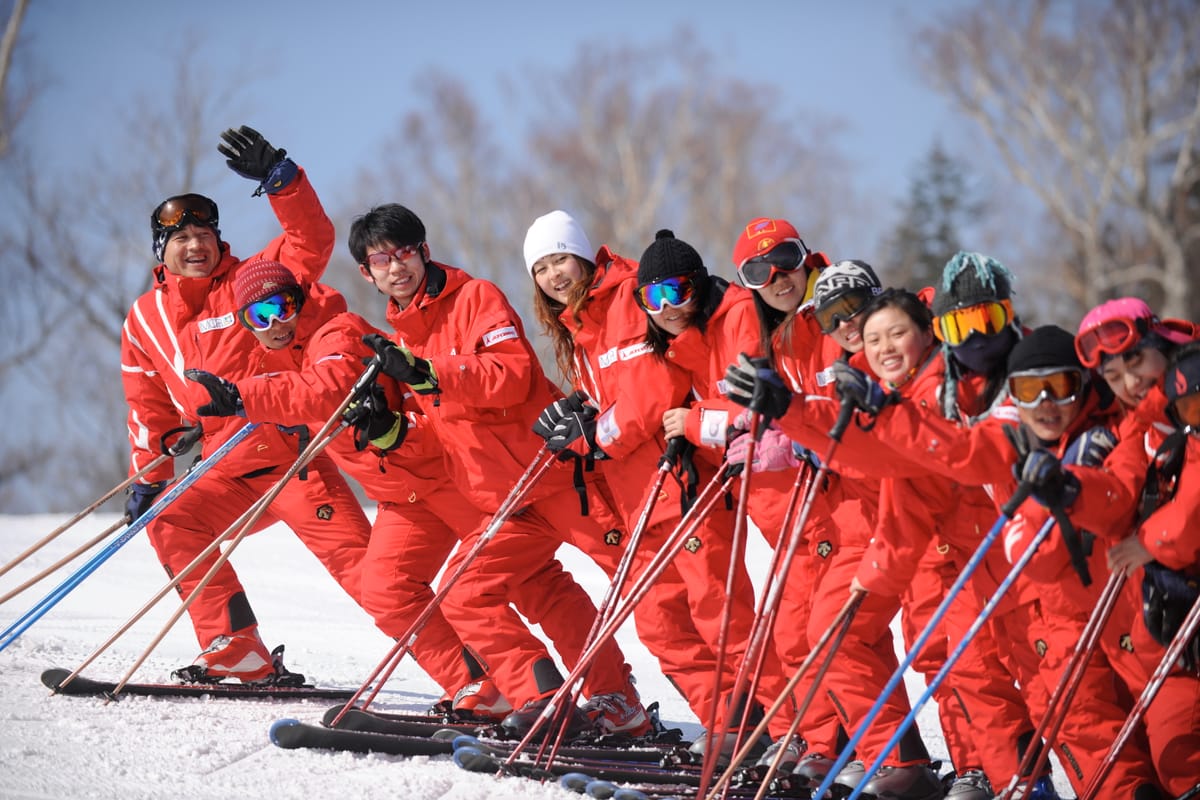
‘Harbin’ up in China’s northeasterly province of Heilongjiang is not known as one of the world’s best-known ski destinations, but that could all change in the coming decades as China’s richest man (or second richest depending on which report you read) has decided to spend $6 billion (or $3 billion according to some reports) on the world’s biggest indoor snow centre to date. It officially opened at the weekend after four years of construction.
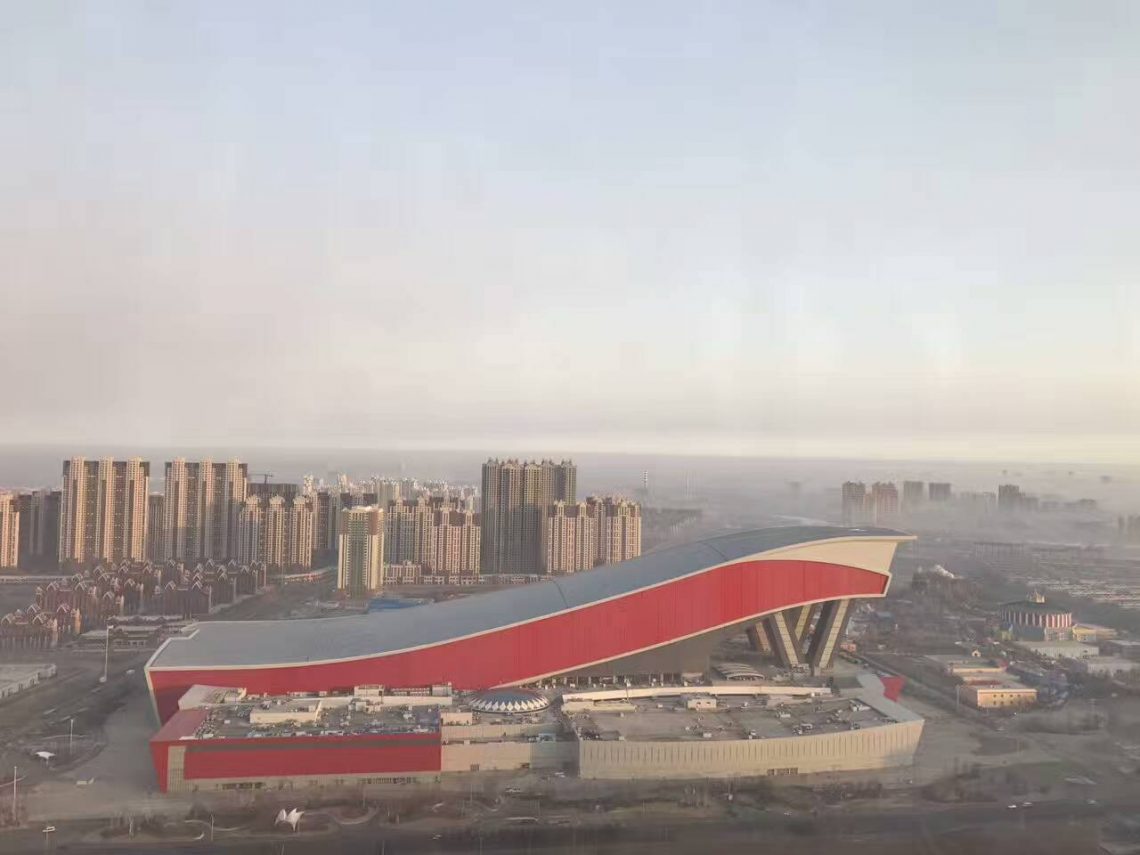
Former army officer and now business tycoon Wang Jianlin, who has an estimated net worth of more than €30 billion, and who’s Dalian Wanda Group already runs several conventional ski areas across China said that he was committed to make Harbin one of the leading winter sports destinations at the official opening of the indoor snow centre complex, known as Wanda City Harbin.
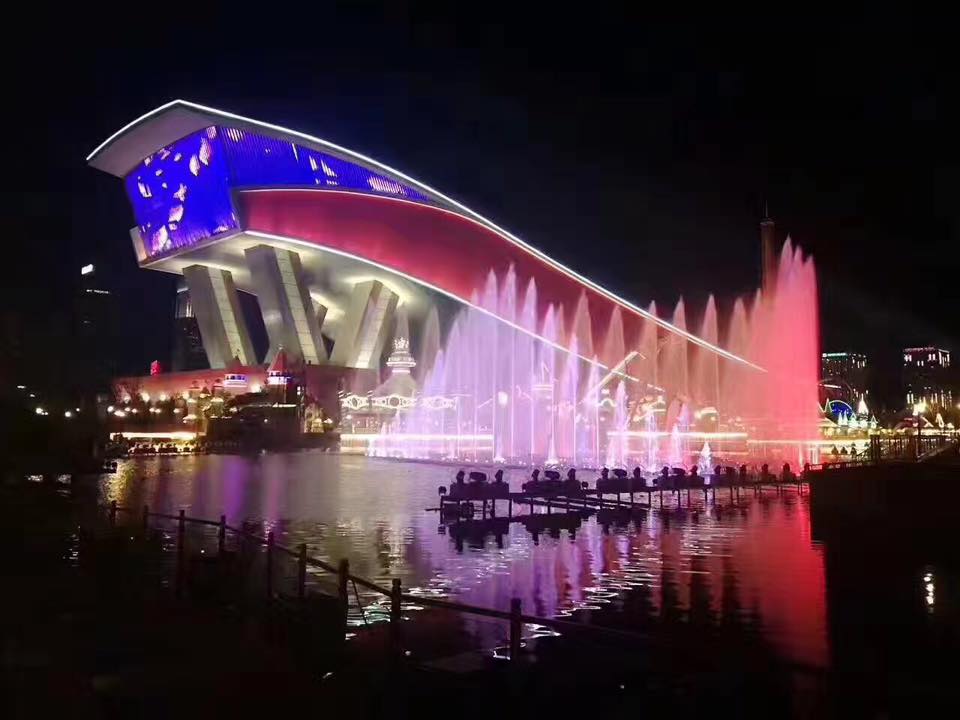
Harbin’s possible future status isn’t just down to the massive year-round ski centre. It was here that the current ‘boom’ in Chinese winter sports began in the mid-1990s. The resort of Yabuli, about 150 miles south east of the city, was China’s first ‘proper’ ski area and even hosted the Asian Winter Games in 1996. For a decade or so it had no other real competitors and remains one of the country’s leading centres whilst an estimated 600+ more ski centres have opened across the country.
Harbin also has an internationally famous ice festival with incredible multi-storey ice sculptures bringing more domestic and foreign tourism than the skiing and snowboarding does, so far.
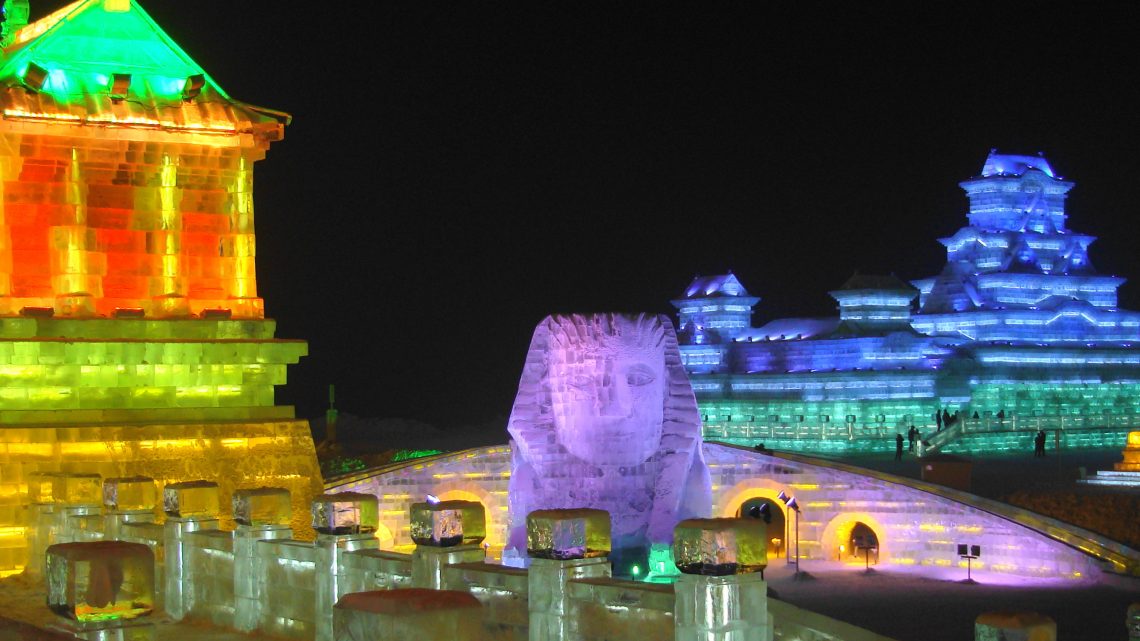
Can Harbin become one of the ‘must ski’ destinations on every 31st century skier’s bucket list?
China is, of course, hosting the 2022 Winter Olympics (although not at Harbin) and the Chinese president has called on 300 million people from the Chinese population to give winter sports a try before then. So that should keep the boom going for another five years at least.
In an era when some are forecasting the rapid demise of skiing in the Alps and North America due to climate change, Harbin’s regular temperatures of -30C might stand it in a good stead (in fact, unlike Ski Dubai and many other indoor snow centres, temperatures will be warmer in the indoor snow centre for half the year than they are at the nearby outdoor areas.
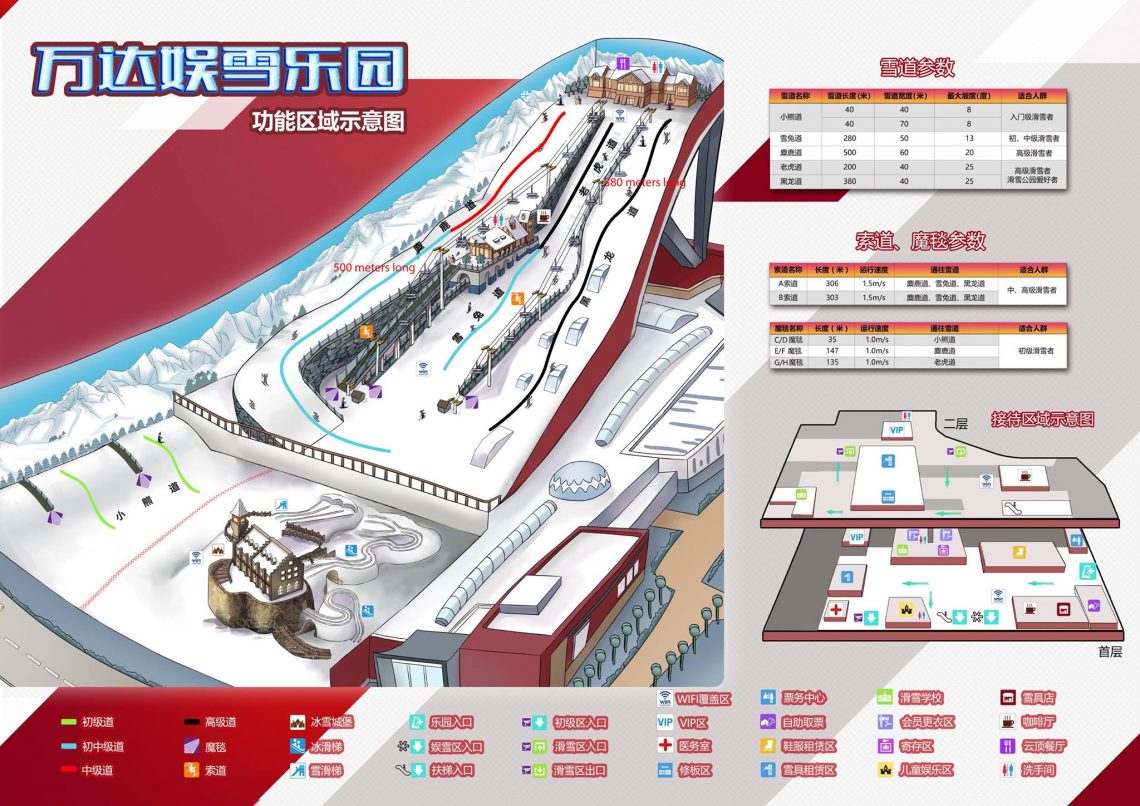
(an indoor piste map)
Against these many advantages is the fact that it doesn’t get much natural snow and the mountains aren’t that big. Yabuli has 880 metres of vertical. Slightly ironically it’s part of a vast frozen land mass where the prevailing air currents must cross before passing over the Northern Sea of Japan where it sucks up moisture before dumping down powder snow in abundance on the next land mass it reaches – the Japanese northerly island of Hokkaido, home of world famous ski town Niseko and due west of Harbin.
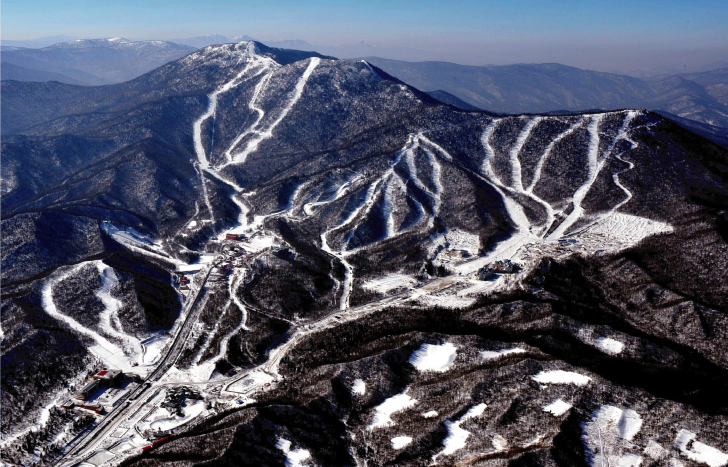
Yabuli
Well, ski town or not, Harbin is definitely a place for skiers and boarders to visit.
Harbin Wanda City is the largest indoor snow centre in the world by slope area (There are three centres in France, Germany and the Netherlands with slightly longer slopes than the longest, a 500m run at Harbin, but they don’t have six runs or the width of the vast hall at Harbin which one Facebook commentator summed up with, “That’s some fridge!”
The complex has an 80 metre vertical drop plus all the usual ‘snow fun’ activities that are offered in such places. It can cope with up to 3,000 skiers and boarders at any one time. The wider complex also includes a movie Cineplex, shops, hotels and restaurants but unlike most facilities found in other countries, also has a school, hospital and housing for its 10,000 employees.
A full day lift pass will set you back the equivalent of £55.
